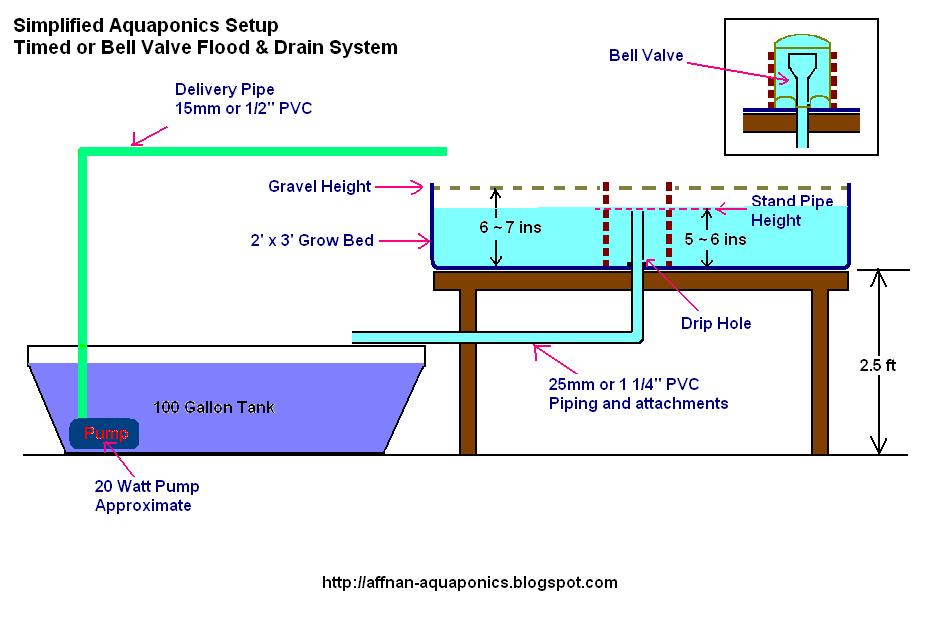Generally speaking, units consist of two main components: a fish tank; and a grow bed for raising aquaponic plants. some systems are more complex and may also include sumps, refugium or water reservoirs, bio-filters, sediment filters. and, of course, there are hundreds of different grow bed designs available to suit different spaces and plant types.. In this small scale experimental design, the grow towers are settled within a greenhouse shelter / grow tent, with the solar panels sitting just outside. the water from a simple 100-gallon plastic tank is pumped to the top of the tower, runs through them watering the roots, and then trickles back to the tank through the designated ditches .. Wicking bed aquaponics systems are especially good for growing root crops or tuber type ones. these include potatoes, beets, carrots, lettuces, and most other vegetables. in fact, this could be described as the main purpose for using a wicking bed in aquaponics..
Building an aquaponic grow bed flood and drain. : aquaponic grow beds come in all shapes and sizes. they also work on a range of concepts. concepts. 1. flood and drain. f&d beds are filled to a point that activates the bell syphon. once the bell syphon is activated, all of the water is sucked o…. Produced by the fish in 100% media bed aquaponic systems. even in hybrid style systems, where the media bed represents a minority of the total grow bed area, there is usually more than enough surface area to grow the numbers of bacteria required to treat and convert all the ammonia in a timely manner.. In aquaponics, the water is recirculated from a fish tank through a vegetable grow bed. the nutrients from the fish waste feed the plants and the plants filters the water and keep the fishes healthy. the two main components of an aquaponics system are the grow beds and the fish tank, which are connected via a small pump that moves the water between them..



0 komentar:
Posting Komentar